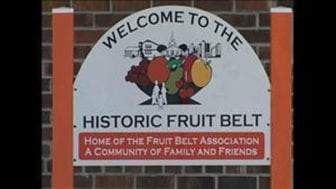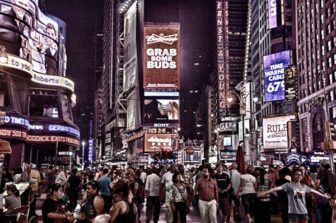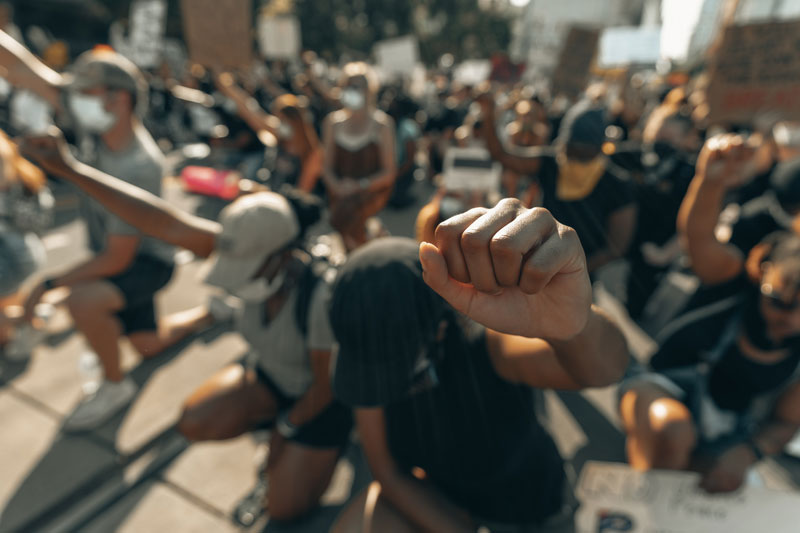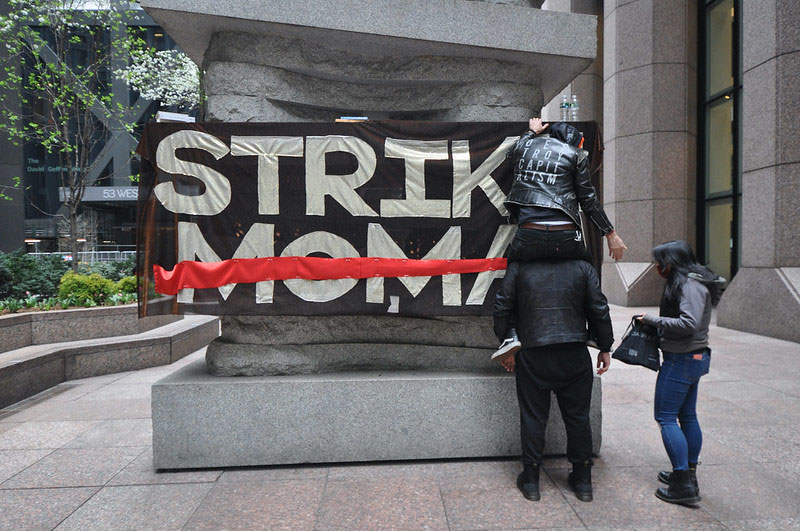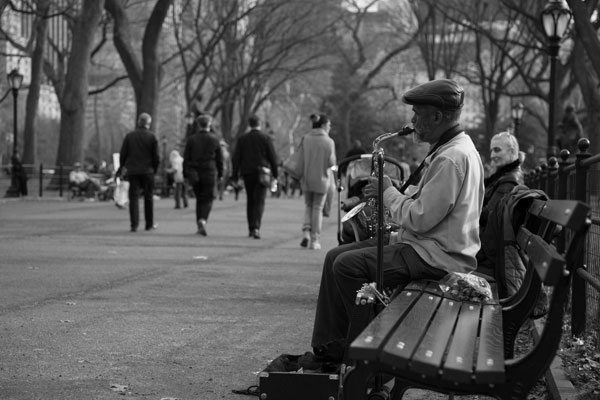
April 24, 2018; CityLab
Learning to live well with people who are different is the biggest challenge facing humans today, according to Richard Sennett, designer and scholar of the built-design world. In a recent City Lab interview, Sennett offers some broad outlines for designing spaces that support living together well across differences. While he focuses on cities, his design ideas may stir the thinking and imagination of nonprofits seeking to design inclusive places.
Sennett begins with the concept of place itself, in contrast to space. He says, “The more we create spaces where people move fast, the less they understand about what those spaces are…at about 28 or 30 mph, people moving through an urban environment stop being in a place and are in space instead.” The analogy in nonprofits is working at frenetic speeds. Not having time, or simply a constant state of urgency, is the narrative that gives this way of being the veneer of efficiency and commitment. So, speed is a design factor. We can relearn to move at human speed, or the speed of trust and relationship building.
Sennett also provides nuance to the kind of sociability for which we design spaces when he asserts that “different kinds of public space enable a different kind of sociability.” He notes that a neighborhood park is “a space where you feel comfortable with people who are just like you,” whereas a gregarious park, like Central Park, “is a park in which you mix with strangers.” Are your nonprofit meetings, and other organizational habits, more like a neighborhood park or a gregarious one? Are they designed to support conversations across difference, or is there an official conversation people must learn to participate in?
Sign up for our free newsletters
Subscribe to NPQ's newsletters to have our top stories delivered directly to your inbox.
By signing up, you agree to our privacy policy and terms of use, and to receive messages from NPQ and our partners.
The ultimate exclusive space is the gated community, which is designed “for one thing only: to keep people or activities unlike you out.” Hmm…is this what is happening in nonprofit boards, where the rate of people of color has actually declined over the last decade in spite of stated diversity or equity goals? This may not be our intent, but as many of us know by now, intent doesn’t matter. What matters is impact, and maybe people of color don’t feel truly welcomed in these spaces, or perhaps they eschew hierarchy altogether.
Sennett identifies extreme segregation as a cause for decay; these spaces are not generative or life giving. In contrast, “big public spaces where people can look at other people…tend to be the most peaceful.” This is true even if people never talk to each other. He calls out Mumbai, which has high levels of violence in “the little intimate streets and alleyways,” but not in the gregarious spaces, which may be counterintuitive. He also points to the boulevards of Paris, which nobody designed to be sociable but which became places that engendered curiosity about others. And, according to Sennett, “That sort of curiosity—if the space enables it—tends to overcome people’s fear in the long run.”
Sennett notes that “there are relatively few mixed neighborhoods in big emerging cities” and people in these don’t get along very well. The in-between, or interstitial, spaces are work and school, and here people “either mix or don’t mix.” And this is where design comes in handy. Those of us who care about living well with others can look at the ways in which we shape our spaces.
For Sennett, these design choices are really important social questions and, as such, are ethical. He offers us a vivid image of the choice to be made: “Being stuck in traffic on the highway is somehow more advanced than walking slowly…How can we privilege transport over other forms of experience?” Perhaps by intentionally designing spaces that engage difference, we can start to see movement in those areas where we are stuck.—Cyndi Suarez


